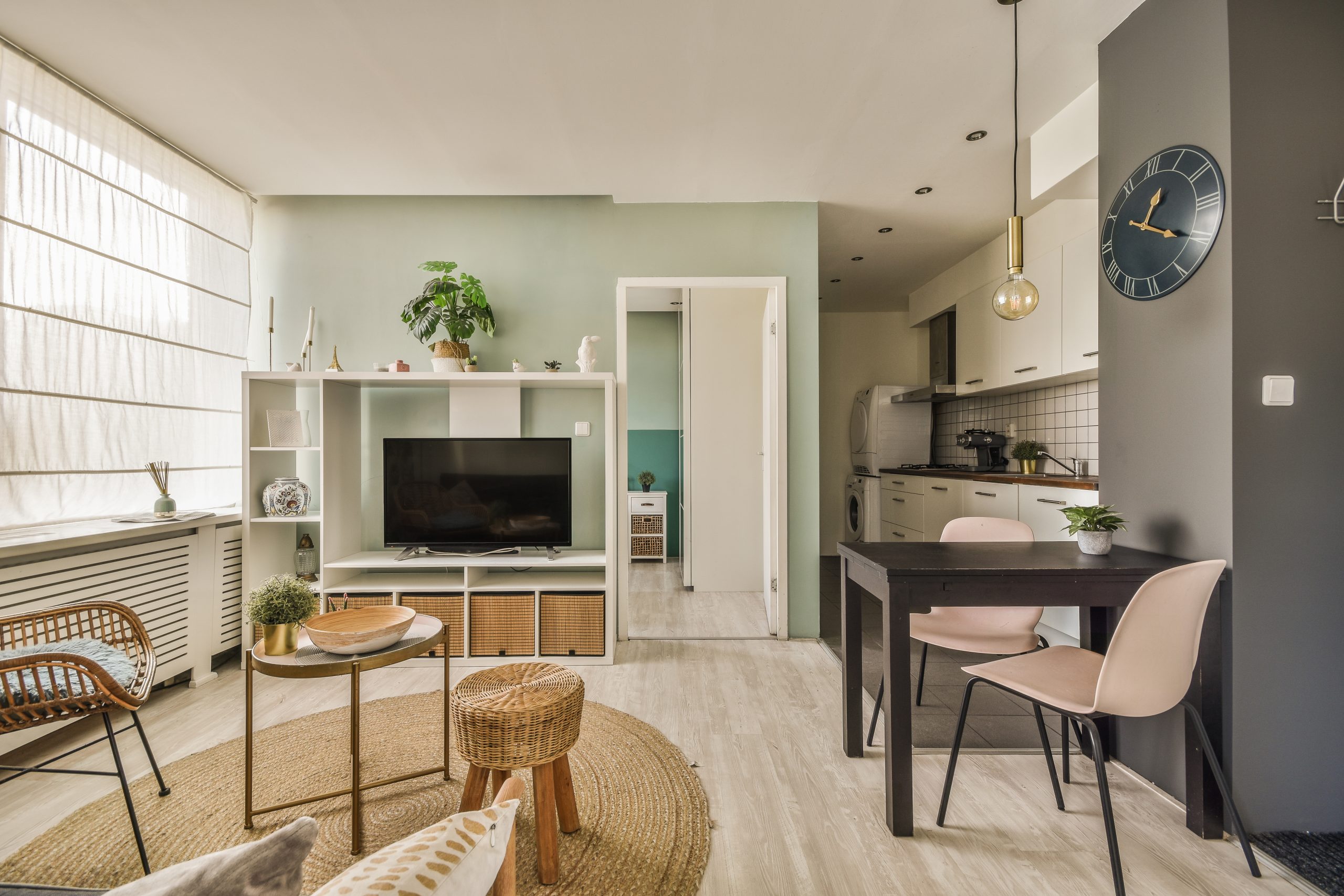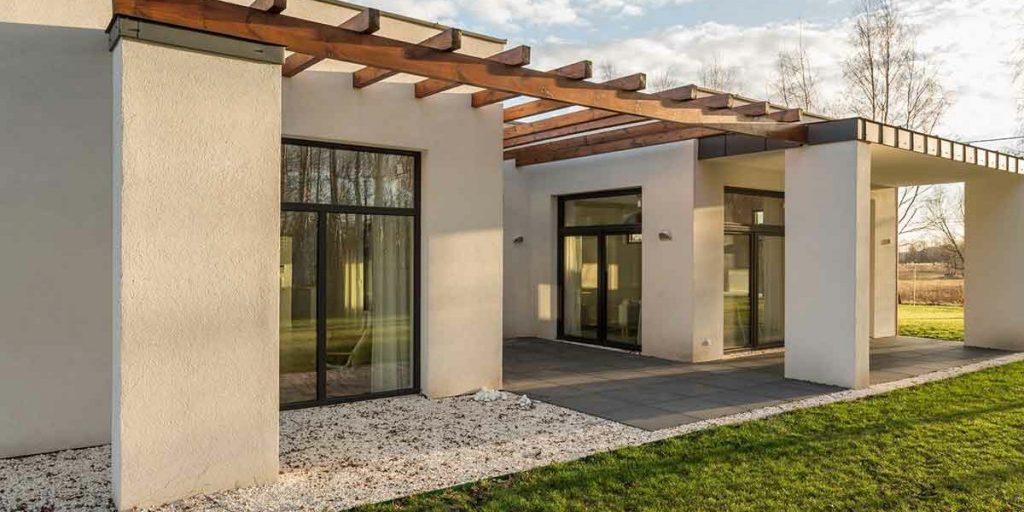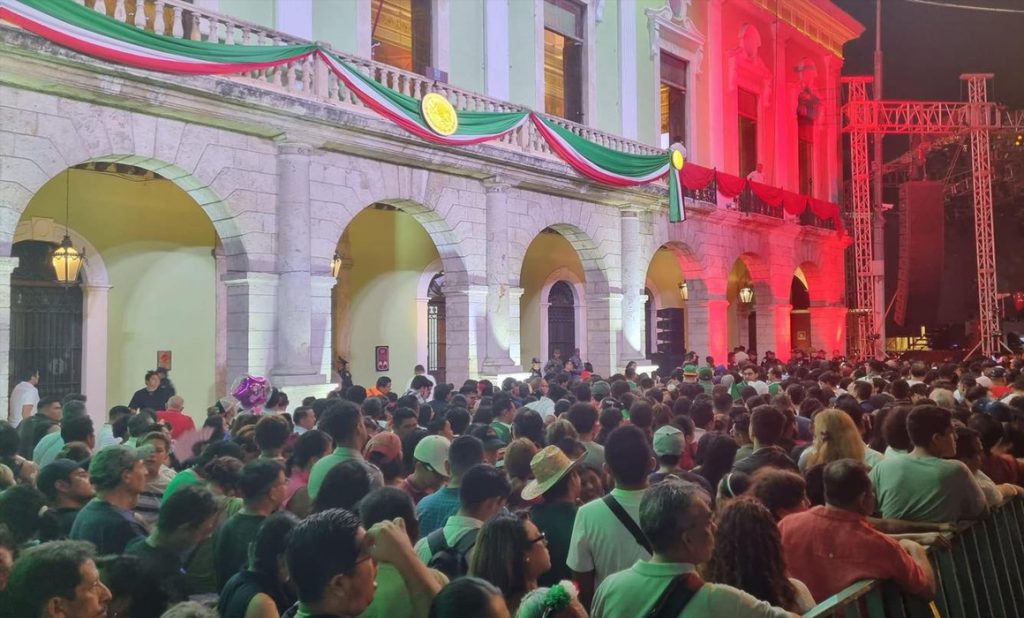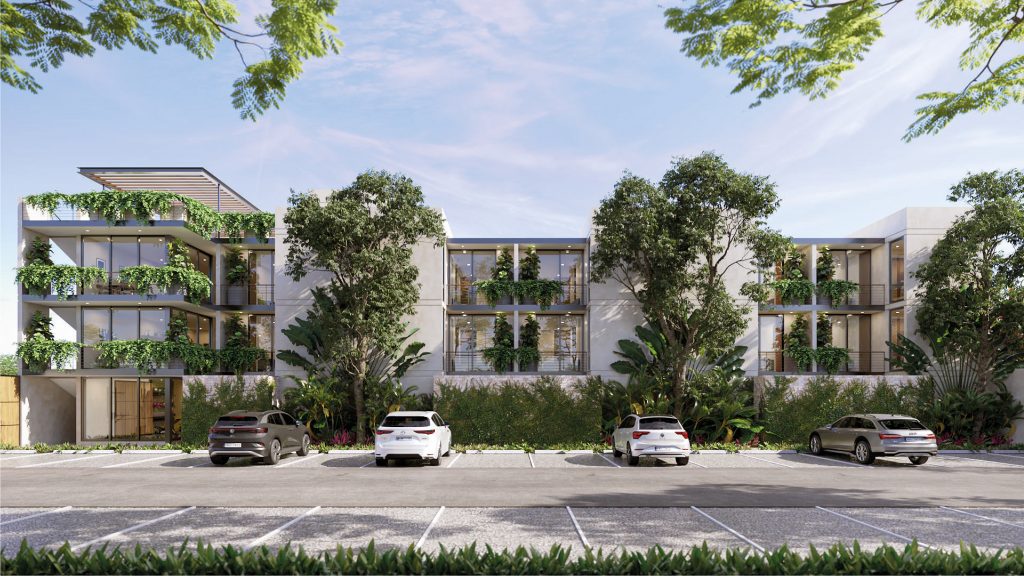
Content
Nowadays, small spaces are a reality for many people, whether in urban apartments, studios, or compact Airbnbs. However, living in a place with limited square footage does not mean giving up comfort or style. With good distribution, multifunctional furniture, and some design tricks, any space can become practical, cozy, and visually more spacious.
Colors and light: The key to visually expanding a space
One of the most important aspects in a small space is the choice of colors. Light tones such as white, beige, and soft gray help reflect light and create a sense of spaciousness. To avoid a monotonous look, touches of color can be added through accessories like cushions, artwork, or plants. Lighting also plays a fundamental role. Taking advantage of natural light with light curtains and placing mirrors strategically can make a small room appear larger. Recessed LED lights and minimalist floor lamps are excellent options to optimize space without overloading it.
Multifunctional furniture: Less is more
In a reduced space, each piece of furniture should serve more than one function. Some smart options include:
- Sofa beds: Perfect for turning the living room into an extra bedroom when needed.
- Extendable or folding tables: Ideal for saving space when not in use.
- Beds with storage: Drawers under the bed can replace bulky furniture.
- Wall-mounted desks: Can be installed on the wall and folded when not in use.
The use of modular furniture is also a growing trend. These designs allow the space to adapt according to the needs of the moment, something especially useful in small apartments or Airbnbs.
Organization and smart storage
Keeping order in small spaces is essential to avoid a feeling of chaos. Some tricks include:
- Floating shelves: Take advantage of walls without occupying floor space.
- Baskets and organizers: Help keep small objects in place without clutter.
- Hanging objects on walls: From kitchen utensils to bicycles, this saves a lot of space.
Another key tip is to reduce the number of unnecessary items. Adopting a minimalist approach and keeping only the essentials can make any space feel larger and more functional.
Examples of efficient layouts
For those seeking inspiration, some designs that work well in small spaces include:
- Open loft-style studios: Allow integration of living room, kitchen, and bedroom without visual barriers.
- Glass or curtain dividers: Separate areas without making the space feel smaller.
- Low, simple-lined furniture: Prevents the room from looking overloaded.
Whether you live in a small apartment or manage a compact Airbnb, these strategies can help you create a practical, aesthetic, and comfortable environment.
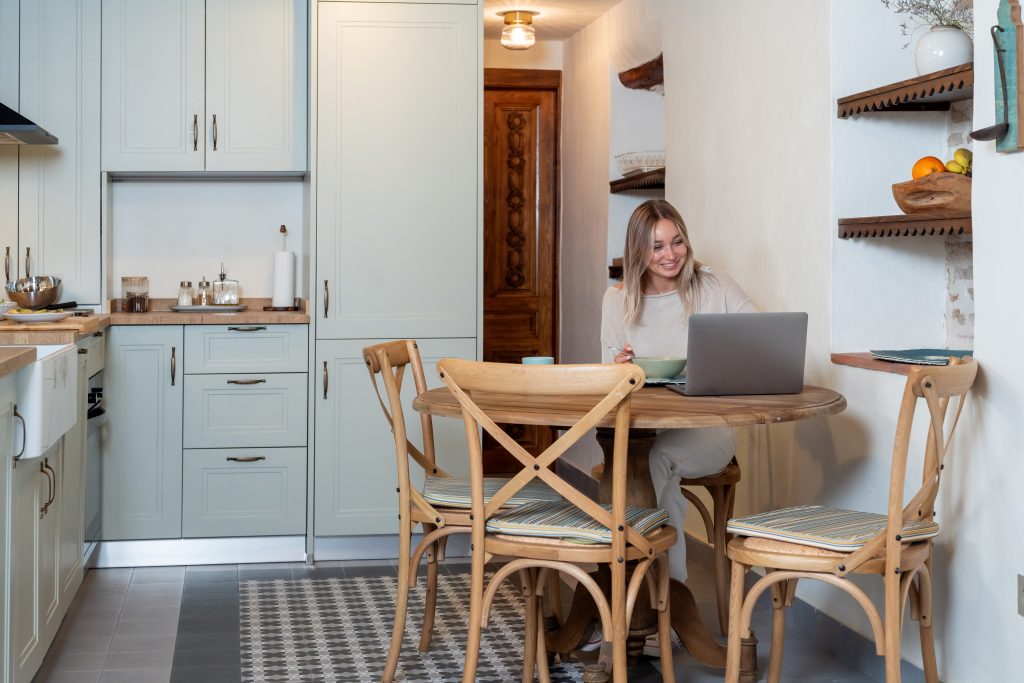
References
● Revista Diseño Inteligente. (2024). “Ideas para maximizar espacios pequeños”.
● Guía de Arquitectura Urbana. (2024). “Técnicas de diseño para interiores compactos”.

